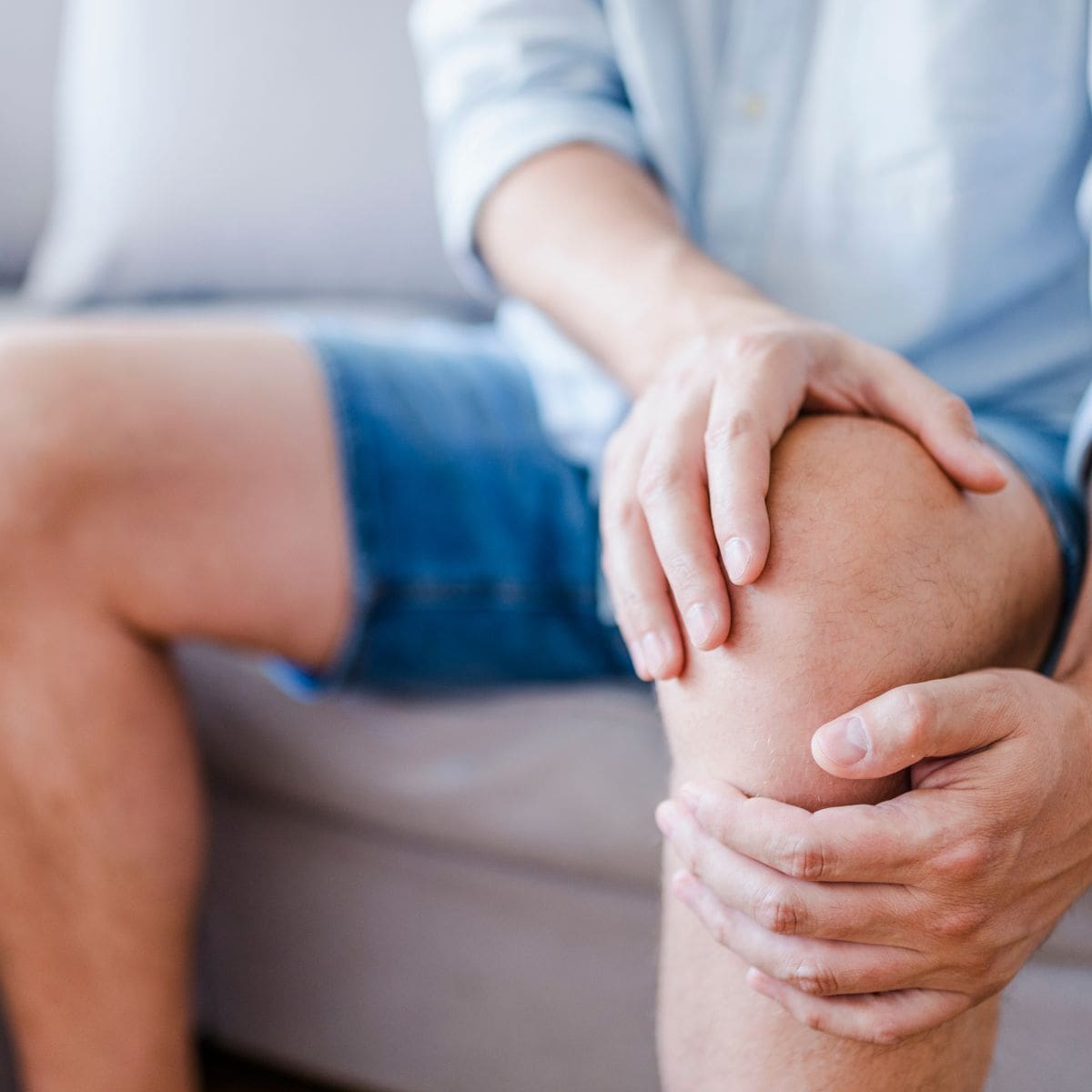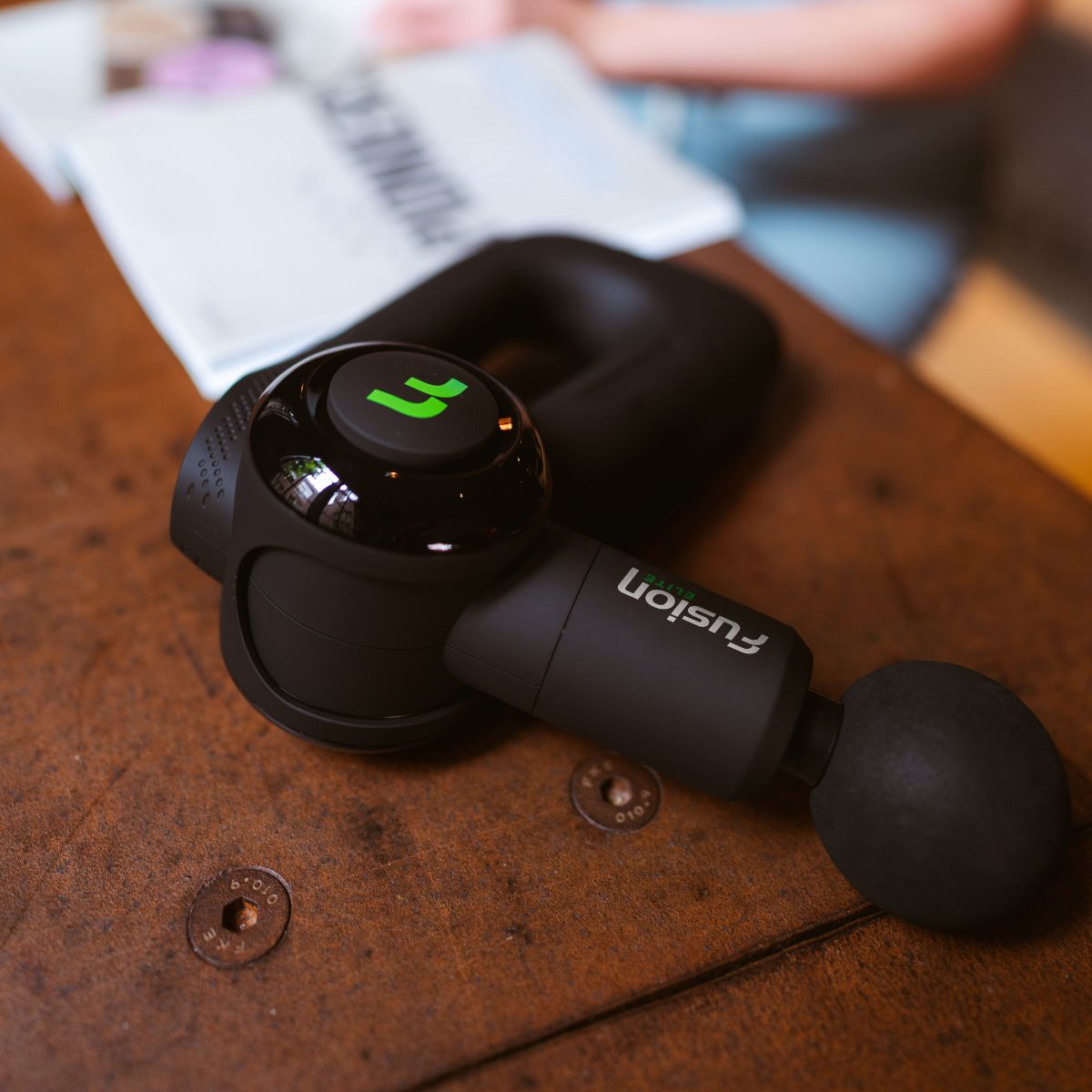Knee pain can be a real challenge when it comes to getting a good night's sleep.
It can keep you awake and make it difficult to find a comfortable position. If you're dealing with knee pain, it's important to find the best way to sleep that offers relief and support.
In this article, we will explore simple yet effective strategies to manage knee pain and improve the quality of your sleep. From easing inflammation to creating the best sleep environment, we will cover all the necessary steps to help you enjoy a restful night's sleep.
Key Takeaways
- Fluid buildup and inflammation contribute to nighttime knee pain.
- Proper body position can alleviate pressure on the joints and reduce discomfort.
- Investing in a supportive mattress and pillow can provide relief and enhance sleep quality.
- Regular exercise can strengthen muscles, improve flexibility, and alleviate knee pain.
- Heat and cold therapy, along with topical treatments, can help reduce inflammation and provide targeted pain relief.
Best Ways to Sleep With Knee Pain
Finding the best way to sleep with knee pain can make a significant difference in your overall sleep quality and comfort.
Knee pain can be caused by various reasons such as restless legs, arthritis, or overuse. Fortunately, there are several strategies you can implement to alleviate pain while you sleep.
Let's dive in!
Keep a good body position for little joint pressure
When it comes to managing knee pain during sleep, your body position plays a crucial role.
The way you sleep can either alleviate or exacerbate the pressure on your joints, impacting the level of discomfort you experience.
Sleeping on the side is a common position for many people, but it can be problematic if you have hip or shoulder pain. The weight of your body pressing down on these joints can increase discomfort and stiffness.
To alleviate this pain, try using a pillow between your knees to help align your spine and reduce the pressure on your hips and shoulders.
Ultimately, finding a sleep position that relieves pressure on your affected joints is key to reducing knee pain during sleep.
Create a soothing sleep environment

Creating a calm and serene atmosphere in your bedroom can significantly contribute to better sleep quality and alleviate knee pain.
To create a sleep environment that promotes relaxation and comfort, consider the following:
Keep your space from sunlight
Use blackout curtains or an eye mask to block out any light that may interfere with your sleep.
Darkness signals your body to produce sleep-inducing hormones, helping you fall and stay asleep.
Maintain a cool temperature
Optimal room temperature for sleep is around 60 to 67°F (15 to 19°C).
Adjust your thermostat or use breathable bedding to ensure a comfortably cool sleep environment.
Reduce noise distractions
Use earplugs, a white noise machine, or soothing sounds like ocean waves or rainfall to drown out any external noises that may disrupt your sleep.
Turn off electronic devices
Avoid using electronic devices at least an hour before bedtime. The blue light emitted by screens can interfere with your sleep-wake cycle and make it harder to fall asleep.
By implementing simple strategies and engaging in relaxation techniques, you can improve your sleep quality and experience much-needed pain relief in your knees.
Try massage therapy

Massage therapy can improve circulation around the knee, enhancing nutrient delivery and waste removal, which aids in healing and reduces pain.
By relaxing tight muscles surrounding the knee, it helps decrease pressure on the joint, alleviating pain and improving comfort during sleep.
Regular massage also helps release endorphins, the body's natural painkillers, providing relief from knee pain and contributing to deeper, more restorative sleep.
One massage tool that that does wonders in helping you relax and easing knee pain is the Fusion Air-C Pro massager.
It enhances blood circulation in the legs, helping to quickly reduce knee pain and improve overall sleep quality by alleviating discomfort.
By facilitating the flow of nutrient-rich blood and promoting the clearance of waste products such as lactic acid, this device aids in the faster recovery of knee functions, essential for a restful night.
Adjust your pillow height and shape
Using an incorrect pillow height or shape can force your neck and shoulder joints into unnatural positions, exacerbating joint pain.
For knee pain relief, use a pillow that keeps your spine aligned and supports the natural curve of your neck. Memory foam or orthopedic pillows can be beneficial in promoting proper posture and reducing pressure points.
Remember, the goal is to maintain proper alignment throughout your body, from your head to your knees, to alleviate strain on your joints. So, be mindful of your mattress and pillow choices to ensure a comfortable and supportive sleep surface.
Get some exercise
Engaging in regular exercise can be an effective and natural way to manage knee pain and enhance your overall well-being.
Here are some recommended exercises that can help you out:
Stretching

Perform gentle stretches to alleviate stiffness and improve flexibility in your knees. Focus on stretches that target the quadriceps, hamstrings, and calf muscles.
Yoga
Yoga poses that emphasize gentle movements and proper alignment can help reduce knee pain and increase stability. Poses like child's pose, downward dog, and warrior II can be beneficial.
Walking
Walking is a low-impact exercise that can help strengthen the muscles around your knee joint. Start with short walks and gradually increase the duration as your pain allows.
Water aerobics
Water-based exercises provide buoyancy and reduce stress on the joints.
Water aerobics classes or swimming can be excellent options for individuals with knee pain. Remember to start slow and listen to your body. If any exercise causes significant pain or discomfort, modify or discontinue the activity.
By incorporating these recommended exercises into your routine, you can experience joint pain relief, improved mobility, and a better quality of life.
Apply heat
When it comes to managing knee pain, heat and cold therapy can be effective methods for pain relief and reducing inflammation.
Heat therapy involves applying warmth to the knee joint, which helps increase blood circulation and relax the surrounding muscles and tissues. This can help alleviate pain, stiffness, and promote healing.
Heat therapy is particularly beneficial for chronic knee pain, arthritis, and muscle tension.
It can also be especially beneficial before engaging in exercises or physical therapy for the knee to help loosen the muscles and promote flexibility.
Try ice therapy

Cold therapy, also known as cryotherapy, involves applying cold temperature to the knee joint.
This helps reduce blood flow to the area, numbing nerve endings, and decreasing swelling and inflammation. Cold therapy is particularly effective for acute injuries, post-workout soreness, and conditions such as bursitis or tendinitis.
It's important to avoid applying cold therapy directly to the skin to prevent ice burns. Always use a barrier such as a towel or cloth.
Over-the-counter pain medications
If you're looking for relief from knee pain, over-the-counter (OTC) pain medications can offer effective short-term solutions.
Two common types of OTC pain medications are acetaminophen and nonsteroidal anti-inflammatory drugs (NSAIDs). Acetaminophen is a widely used pain reliever that can help reduce knee pain.
It works by blocking pain signals in the brain and can provide temporary relief for mild to moderate knee pain. However, it does not target inflammation directly.
NSAIDs are a class of medications that help relieve pain and reduce inflammation. These medications, such as ibuprofen and naproxen sodium, can effectively alleviate knee pain caused by inflammation.
NSAIDs work by blocking the production of certain enzymes that contribute to pain and inflammation. It is important to follow the recommended dosage and duration of use when taking NSAIDs.
Topical treatments
When it comes to managing knee pain, topical treatments can offer targeted relief.
These external applications, such as gels, creams, sprays, and lotions, are applied directly to the skin over the affected area. They provide a localized approach to pain relief without the need for oral medication or invasive procedures.
Topical treatments for knee pain contain a variety of ingredients that work together to alleviate discomfort. Some common elements found in these products include: Menthol, camphor, arnica, capsaicin.
These compounds have anti-inflammatory properties similar to aspirin and can help reduce pain and swelling. By applying these topical treatments to the affected area, you can experience targeted pain relief.
Frequently Asked Questions
Find answers to common questions in this comprehensive FAQ guide.
Whether you're wondering how to sleep better, relieve knee pain, or improve your overall well-being, we have got you covered.
Are there specific foods or dietary choices that can help alleviate knee pain at night?
Certain foods rich in anti-inflammatory properties, such as turmeric, ginger, fatty fish like salmon, and nuts, may help reduce inflammation and alleviate knee pain.
Considering dietary adjustments alongside other strategies may provide holistic support for managing knee pain, including during sleep.
What role does body weight play in managing knee pain during sleep?
Excess body weight can significantly increase stress on the knees.
Managing body weight through a balanced diet and regular exercise may help alleviate knee pain by reducing the load on your knee joints during sleep and other activities.
Is my sleep position equally important for both knees when experiencing pain?
While most advice focuses on supporting the affected knee, the position of your non-affected knee also plays a role.
Keeping both knees properly aligned can help distribute weight evenly and reduce strain on your hips and back, contributing to overall comfort and better sleep quality.
Conclusion
Managing knee pain for better sleep is essential to improve your overall quality of life.
By implementing the strategies discussed in this article, you can find relief from knee pain and achieve a more restful sleep.
Strategies for sleeping with knee pain include regular exercise to strengthen muscles and reduce pressure on the joints. Temperature therapy, such as applying heat or cold to the affected knee, can also provide pain relief and reduce inflammation.
Additionally, creating a conducive sleep environment, using relaxation techniques, and considering over-the-counter pain medications or topical treatments can further enhance your sleep quality and relieve knee pain.
Take control of your knee pain and prioritize your sleep for a better, more comfortable life.




